
OR
NPLs of Nepali banks reach 3.02 percent, almost three-folds in the past nine months of the current FY
Published On: April 25, 2023 08:00 AM NPT By: Republica | @RepublicaNepal
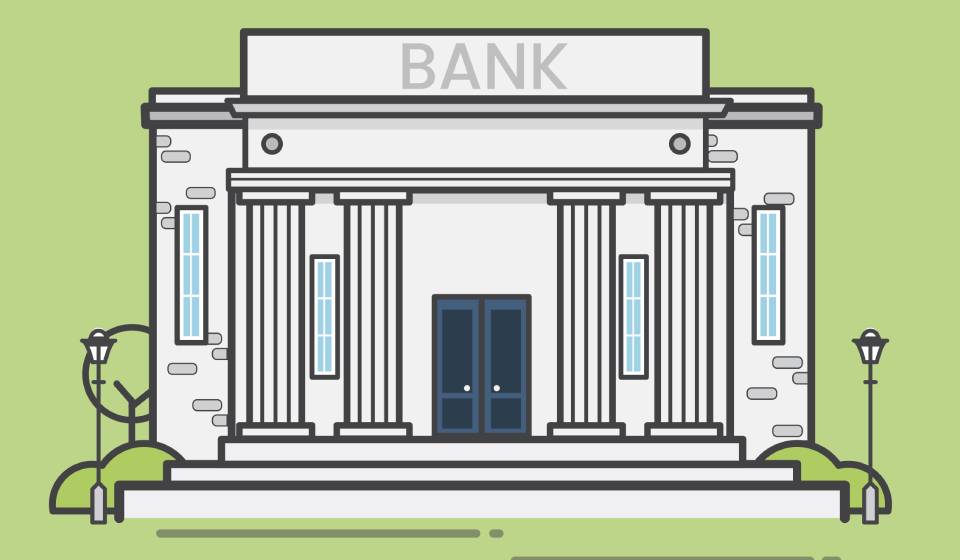
KATHMANDU, April 25: The bad debts of Nepal’s commercial banks have increased by a notable ratio in the first nine months of the current fiscal year.
According to the third quarterly financial reports published by 21 commercial banks, their average non-performing loans (NPLs) stood at Rs 130 billion, a 3.02 percent of their total loan amounts. As of mid-January, the figure was 2.63 percent.
The NPLs of Nepal’s banking system was only 1.16 percent as of mid-July 2022. Citing the low NPLs of the country’s banks and financial institutions (BFIs), the World Bank in its report published in October had also appreciated the Nepali banking system for maintaining the NPLs at lower side when the BFIs of many other countries struggled to maintain their financial health.
The ratio of non-performing loans to the total loan measures the health and efficiency of the bank by identifying problems with asset quality in the loan portfolio. Lower the value of NPLs, lesser will be the financial risk to the BFIs.
According to bankers, the economic slowdown that took place in the past nine months has led to a significant rise in the NPLs of Nepal’s BFIs. Of the 21 banks, only four have their NPLs less than one percent. These include Standard Chartered Bank, Nepal SBI Bank, NIC Asia Bank and Everest Bank.
Himalayan Bank is reeling under the highest NPLs. The bank’s ratio of bad debts surged to 4.56 percent from 0.99 percent in the past one year. Over the period, the NPLs of Agriculture Development Bank increased from 2.32 percent to 4.35 percent. Similarly, the NPLs of Nepal Bank Limited increased from 2.06 percent to 4.16 percent.
Likewise, the NPLs of Rastriya Banijya Bank reached 3.88 percent, Nabil Bank 3.87 percent, Sunrise Bank 3.62 percent, Prabhu Bank 3.48 percent and that of Prime Commercial Bank reached 3.06 percent.
Based on the period of the overdue of the loans issued by the banks, Nepal Rastra Bank has categorized NPLs as sub-standard, doubtful and bad loans. The substandard loans are those loans whose interest and principal payments are due up to six months. The doubtful loans are those in which payments remain due for six months to one year, while the overdue period is more than one year in case of bad loans.
For the substandard loans, the BFIs have to maintain 25 percent of the amount in the provisioning. In case of doubtful loans, the provisioning amount is 50 percent, while for the bad debts, banks need to maintain a cent percent amount in provisioning.
You May Like This
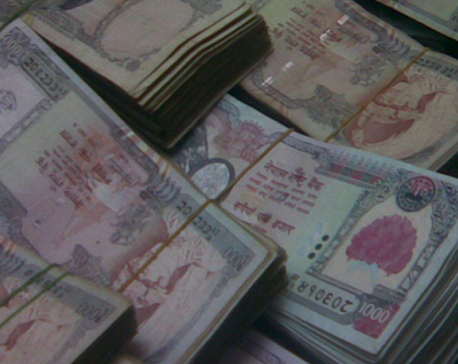
Commercial banks record interest income of Rs 64.76 billion in first four months of current FY
KATHMANDU, Dec 30: Commercial banks have earned Rs 64.76 billion interest in four months of the current fiscal year (mid-July... Read More...
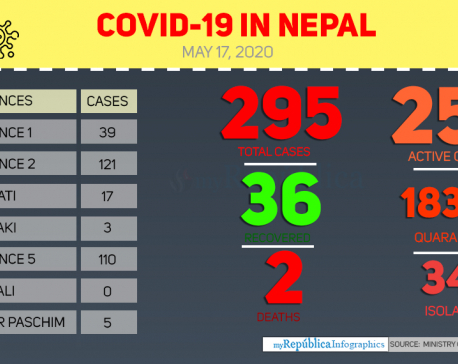
Health ministry confirms three new COVID-19 cases, number of total cases reaches 295
KATHMANDU, May 17: Nepal reported three new cases of COVID-19 on Sunday evening, taking the national tally to 295. ... Read More...
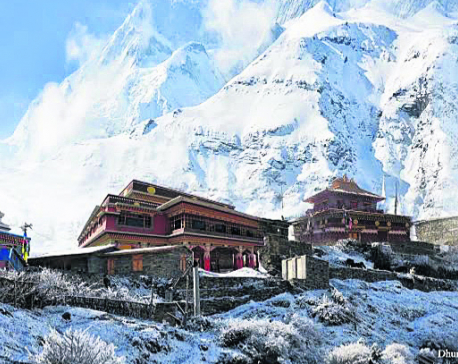
Dhurmus, Suntali to build ‘a Nepal within Nepal’
KATHMANDU, June 5: After successfully completing three settlement projects for earthquake victims and other communities, the actor couple Sitaram Kattel (Dhurmus)... Read More...






Just In
- Demystifying labeled Feminism
- Japanese Foreign Minister to visit Nepal next week
- Bajhang by-election update: NC candidate ahead by 249 votes
- Aid for war: On the United States Senate and aid package
- NEA Provincial Office initiates contract termination process with six companies
- Nepal's ready-made garment exports soar to over 9 billion rupees
- Vote count update: UML candidate continues to maintain lead in Bajhang
- Govt to provide up to Rs 500,000 for building houses affected by natural calamities








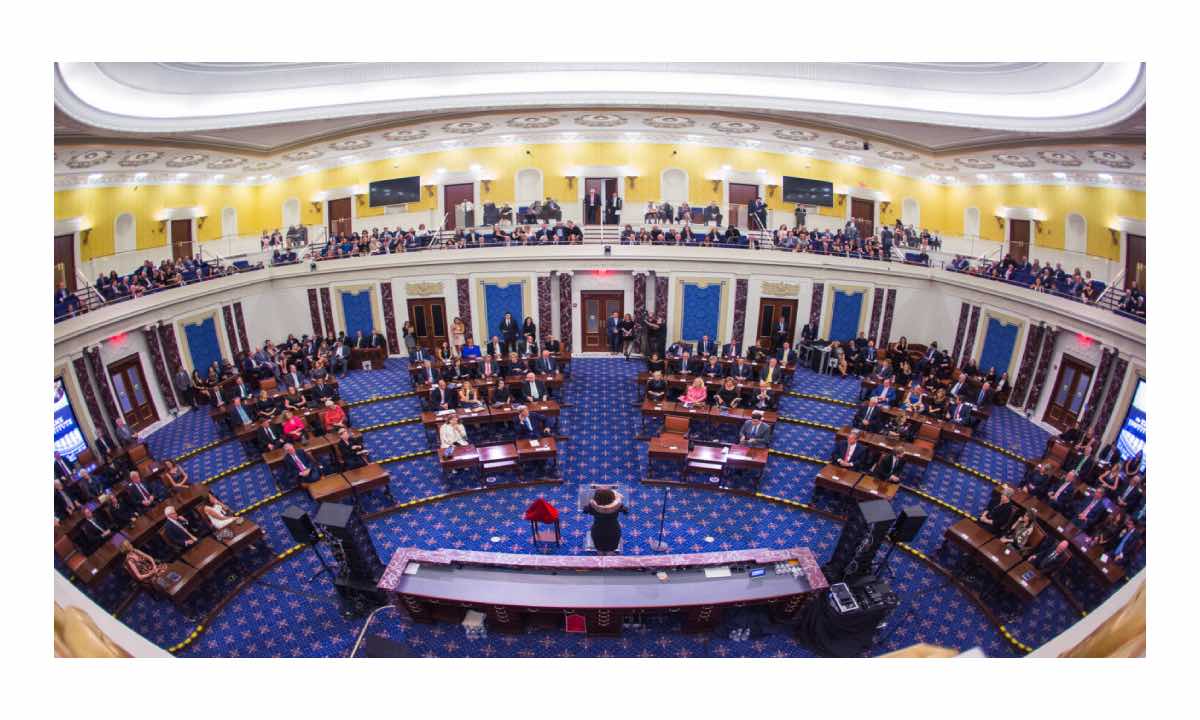



Leave A Comment